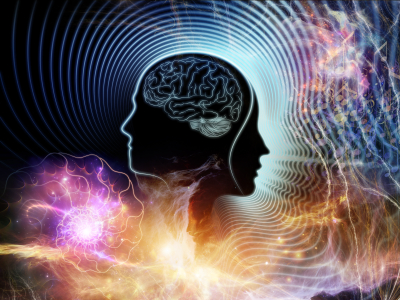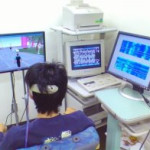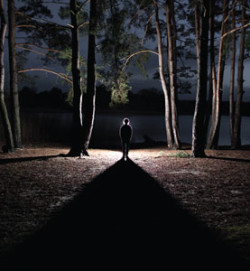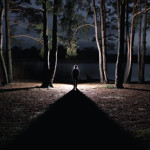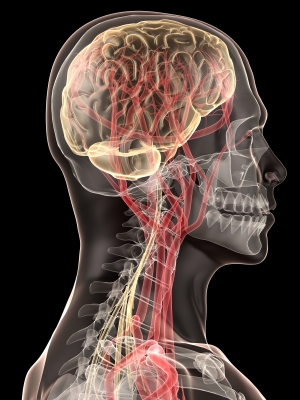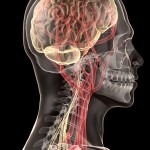Have you ever wondered what the best songs to load onto your iPod to ensure total relaxation and your best shot at a decent nights sleep are? Well, we have found the scientifically-studied top ten.
How Sound Relaxes the Brain
Sound is a big part of human life and it affects the brain and the body in various ways. Music for instance has tremendous influence on emotions, whether perceived or felt. There are a lot of pop psychology theories about the kind of sound that people should be exposed to in various situations. Some will argue that sounds distract people from their tasks while others are convinced that there are specific tunes that will enhance productivity. In the recent years, the use of sound machines to improve sleep patterns has become quite widespread. This has led to research by scientists to look deeper into the connection between the brain and the sounds it is exposed to.
The Impact of Sound
Before understanding the specifics of relaxation inspired by sound machines, it is important to have basic knowledge on exactly how sound generally affects the brain. When sound reaches the ears, it is transmitted via the ossicles straight to the inner ear. The cells present in this part then transmit the waves to the hearing nerves and then to the brain. The focus of interest is exactly how the brain interprets the messages it receives. The brain is highly complex but scientists have been able to identify the regions that are affected by variety of sounds.
The Broca’s area is responsible for empathy and social awareness and the amygdala regulates emotional reactions and helps the individuals to process memories. There are other affected regions but when dealing with relaxation, thalamus which regulates sleep and the insular cortex which regulates the heart rate are of primary interest. The reactions that can be drawn by the correct application of sound are endless. A hiss even in a safe environment will inspire fear and music, even when there are no words will cause emotional reactions. This is attributed to the physiological actions that the brain inspires within the body when stimulated with certain sounds.
Sound and Relaxation
Research shows that some sounds are very effective in helping us relax and sleep. In fact, the capacity of sounds or music to do this can be quantified by analyzing the sound waves. The music track ‘Weightless’ performed by the Marconi Band has been discovered to have the most relaxing effects of any music according to sound therapists who were looking for the most relaxing songs around. ‘Weightless’, came out on top thanks to its continuous rhythm of 60 BPM, an ideal tempo for synchronization with the heart and brainwaves, making it the perfect audio accompaniment for a good night’s rest.
The complete list of the most relaxing tunes are:
3. DJ Shah – Mellomaniac (Chill Out Mix)
5. Coldplay – Strawberry Swing
6. Barcelona – Please Don’t Go
9. Mozart – Canzonetta Sull’aria
Different people will have varied sensitivity to sound especially when sleeping and what works for some people will not work for others. Therapists who use sound in helping their patients regulate their sleep patterns have found how sound machines can be useful.
The brain waves are regulated and equalized through listening to certain sounds. Hormones secreted produce positive emotional and physiological response but the degree will vary according to individuals. Respiration, heart rate and even the blood pressure is regulated by relaxing sounds and consequently, tension is lowered. The invention of sound machines was to create a universal way for different people to achieve this. This is not to say that music or late night reruns of TV shows will not have the same effects. They may work for some people but it is essential to note their lack of efficiency. Any changes that may occur to the sound frequencies will jar the brain awake. Sound machines on the other hand have consistency that keeps the brain peaceful and calm.
Sound Machines
There are different colors of sounds produced by various noise machines to help people sleep. With technology advance, it is also possible to get an app. However, these are not recommended because they lack proper regulation and could potential cause harm. Most quality sound machines are advertised as white noise but they usually have pink noise which is more relaxing due to the lower frequency.
The sound produced is like that of waterfalls or wind, which are universally calming sounds. They are as sleep aids for people in a variety of situations. They can mask sounds such as a partner who snore. They are highly recommended for those who suffer from tinnitus to mask the common symptoms. Acquiring and setting up a sound machine is easy and it could be the solution for those who have trouble sleeping or extreme sensitivity to external sounds.
The science of sound and its connection to the brain is still being discovered. Meanwhile, when you want to relax after a stressful day, nothing beats listening to sounds engineered for complete relaxation on a sound machine.

